The Schwendau family name is a family name of local taken from Schwendau, Austria, of the Zillertal valley of Tyrol. Legend holds the orignal family name was Baron von Schwendau which meant "Baron of Swanland". A surname of local is the second highest order of nobility, after nighthood, and a baron is the second level of noble rank (Soc C) and the lowest level of membership accorded peerage.
The crest dates back to about 1400. Written evidence of the Schwendau name dates back to 1263.

The oldest entry to our family tree is Gottfreid Schwendau dating back to the 1760's in Prussia. John and Magdalena Schwendau migrated to North America around 1850. They came here with 3 children, had 1 more in New York before heading north to Hamilton, Ontario, Canada, where they had 6 more. The family consists of less than 100 people in North America. There are no relations left in Europe, as far as we can tell. We are actively conducting research on our genealogy to this day.
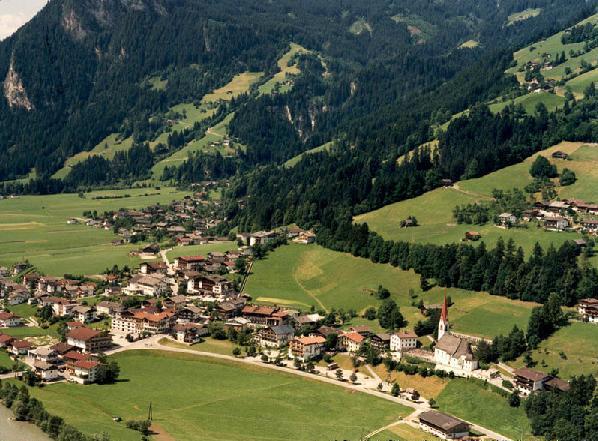
July 4th of 1999, 4 Schwendau family members visited Schwendau, Austria. Don, Bob, Marlene and Mark Schwendau went "home".
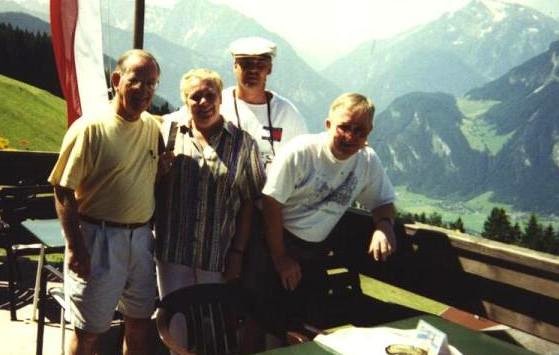
We had lunch with Burgermeister (mayor - in blue) Franz Hauser and exchanged history of family for history of the town.

Burgermesiter Hauser gave us gifts of tabletop keepsakes of "The Schwendau Mann" and "The Schwendau Banner". We gave him a Chicago Bulls shirt and a copy of our family tree. Marlene was given a bottle of Schwendau Schnapps that was made in town and came in a beautiful etched glass bottle.

Some of what we learned was very positive (our family crest is authentic) some of what we learned was confusing (meaning of the name) as the mayor's version did not match the family stories handed down through the generations. Burgermeister Hauser gave us all a good laugh when he pointed out the Schwendau Mann had a mustache and all three of the male American Schwendau visitors also had mustaches.

The Schwendau family is very interested in investigating two books that could offer more on our family history and clear up conflicts between the different stories we have heard.
The "Tiroler Adelsmatrikal" (Tyrolean Nobility Roll) is the oldest surviving recorded German text of its kind. It includes all Tyrolean history of both parts in Austria and Italy.
Also, the "Vereinigung Katholischer Edelleute in Osterreich" (Association of Catholic Nobles in Austria) is another book our family would like to review.
Several years after our visit, Burgermeister Hauser sent us a book on Schwendau. The book explains as much as the community knows about their history. The book is in German and can be purchased online.

Another funny thing we discovered after we came back to the good old USA, we had walked right past a famous house less than 500 meters from Schwendau, and never knew its importance!
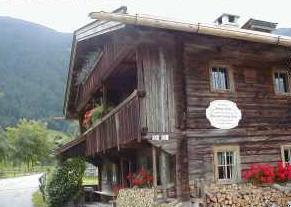
It was the house of the Strasser Family Singers, one of two famous families of children who helped make "Silent Night" famous all over the world.
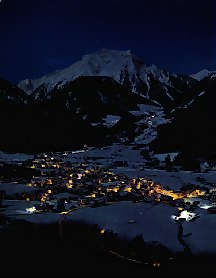
It has been recorded, that the "Strasser Family Singers", sang the carol in a concert in Leipzig in December 1832. However, in 1834 the Strasser Family Singers sang "Silent Night" for King Frederick William IV of Prussia. It is said he was so taken with what the Strassers called their "Song of Heaven," that he commanded it to be sung by his cathedral choir every Christmas Eve.
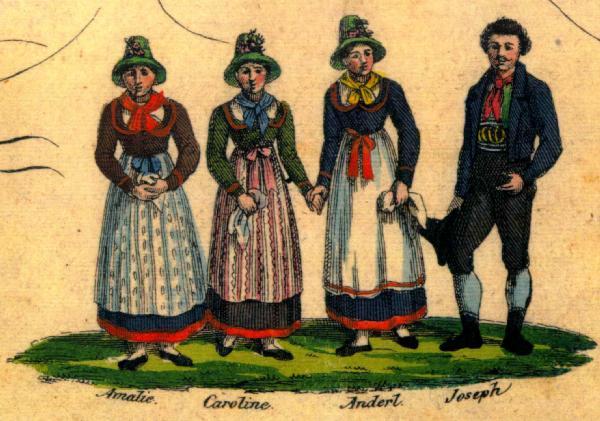
This map of Schwendau, looking south-southwest towards Italy, is angled similar to the picture at the top of this page.
